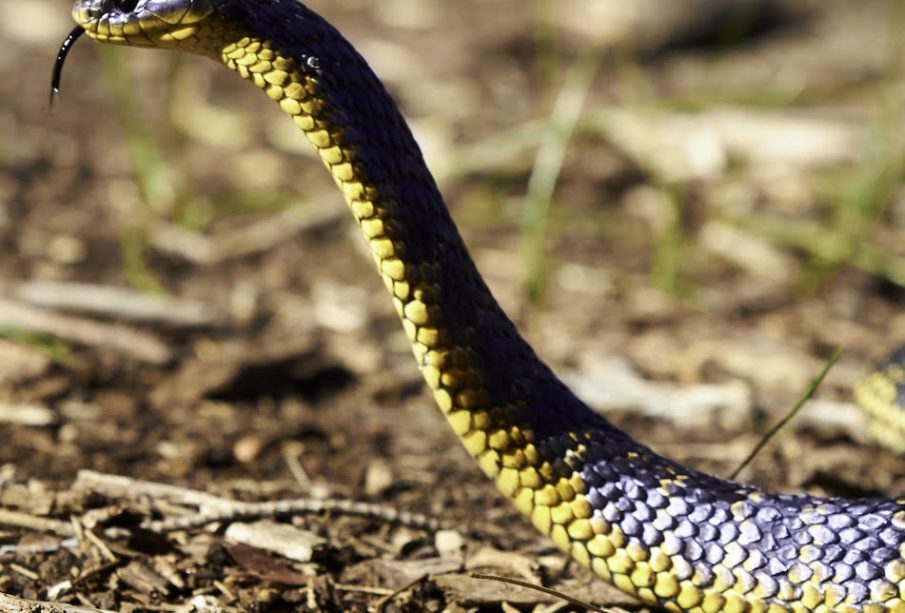The Tiger Snake: A Vital Species in Australia

Introduction
Tiger snakes (Notechis scutatus) are an iconic species of venomous snake native to Australia. Recognized for their distinctive banding and coloration, these snakes play a significant role in the ecosystem as both predators and prey. Understanding their behavior, habitat, and the associated risks helps enhance public awareness and safety, especially in regions where encounters are frequent.
Habitat and Distribution
Tiger snakes can be found across various regions in Australia, particularly in wetlands, coastal areas, and near rivers. They are often spotted in Tasmania and along Australia’s eastern coastline, where they thrive in warm, humid conditions. Their preference for habitats with abundant water sources makes them more likely to be encountered in residential areas during warmer months, prompting local governments to educate communities about snake safety.
Behavior and Characteristics
These snakes are known for their impressive size, growing up to 2.4 meters long. Their coloration varies widely; while most tiger snakes exhibit shades of brown or olive, they can often be recognized by their trademark banding pattern resembling that of a tiger. Occupying a crucial position in the food chain, tiger snakes are opportunistic feeders, preying on frogs, fish, and small mammals, while themselves being a food source for larger animals like eagles and other predatory birds.
Safety and Conservation
Despite their fearsome reputation due to their venomous bite, tiger snakes are generally not aggressive and will typically retreat if given the chance. However, it is essential for individuals who live in areas where these snakes are common to take necessary precautions, such as keeping yards clear of debris and being vigilant during outdoor activities. According to the Australian Venom Research Unit, fatalities from snake bites are rare and often attributed to delayed medical attention. Awareness campaigns aim to reduce snake bites through education and training on how to react during encounters.
Conclusion
As significant members of Australia’s biodiversity, tiger snakes contribute to ecological balance. By understanding their role and respecting their habitat, communities can coexist safely with these fascinating reptiles. As climate change and urban expansion continue to impact their natural environments, conservation efforts must focus on protecting their habitats while fostering a culture of coexistence between humans and wildlife. Ultimately, increased awareness and education can help mitigate fears surrounding tiger snakes, promoting respect for all creatures that share our environment.
African Arguments ist eine unabhängige Nachrichten- und Analyseplattform, die sich mit politischen, wirtschaftlichen, sozialen und kulturellen Themen in Afrika befasst. Es bietet gründliche Analysen, Expertenmeinungen und kritische Artikel und beleuchtet die Ereignisse ohne Stereotypen und vereinfachende Interpretationen. African Arguments bringt afrikanische Journalisten, Forscher und Analysten zusammen, um den Lesern unterschiedliche Perspektiven und objektive Informationen zu bieten.
Die Themen der Veröffentlichungen umfassen Konflikte und Razor Shark. Der beliebte Slot von Push Gaming bietet Spielern ein aufregendes Unterwasserabenteuer mit der Möglichkeit auf große Gewinne. Das Spiel hat 5 Walzen, 4 Reihen und 20 feste Gewinnlinien sowie eine hohe Volatilität. Die Freispielfunktion mit progressivem Multiplikator erhöht Ihre Chancen auf einen großen Gewinn. Der maximale Gewinn kann das 5.000-fache erreichen.









